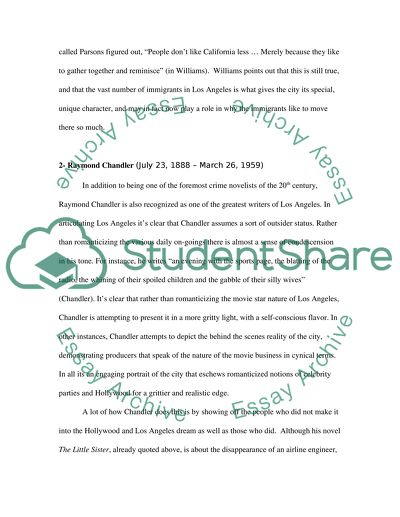Cite this document
(“L.A. Exile Writers Essay Example | Topics and Well Written Essays - 2500 words”, n.d.)
Retrieved from https://studentshare.org/biographies/1421255-la-exile-writers
Retrieved from https://studentshare.org/biographies/1421255-la-exile-writers
(L.A. Exile Writers Essay Example | Topics and Well Written Essays - 2500 Words)
https://studentshare.org/biographies/1421255-la-exile-writers.
https://studentshare.org/biographies/1421255-la-exile-writers.
“L.A. Exile Writers Essay Example | Topics and Well Written Essays - 2500 Words”, n.d. https://studentshare.org/biographies/1421255-la-exile-writers.


